A special species of wombat will be the first native marsupial to return to a remote island off Tasmania, as part of a project to restore the land to its former glory.
Sitting 24 kilometres off the tip of Tasmania’s north east is lungtalanana, an island which once had an abundance of native wildlife.
“It’s got beautiful green seas, spectacular lichen covered boulders, beautiful she-oak forests, eucalypt forests, it’s got grasslands, it’s got a real distinct and diverse heathland population,” Tasmanian Aboriginal Centre spokesman Andry Sculthorpe said.
“It’s also a place where the Aboriginal community goes to spend time, to connect with the land, connect with each other, and undertake cultural activities.”
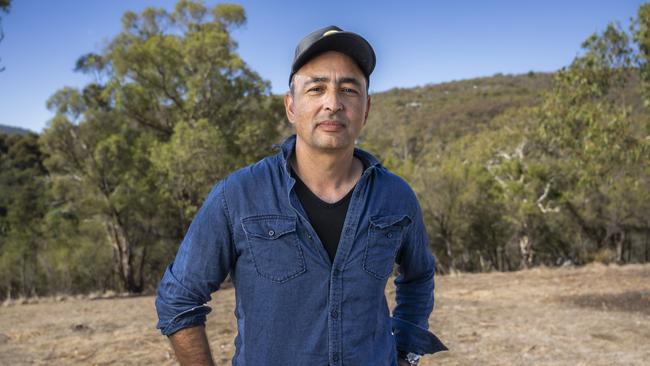
Though Mr Sculthorpe praised the island’s beauty, he said colonisation and the change of land use for agriculture, had left it a far cry from what it once was.
“There’s an absence of life,” he said. “There’s an absence of balance between the vegetation and animals that live in, use and eat the vegetation.
“It feels like a place that’s not healthy. There’s things we can see around the island that tell us it’s not healthy: The way the forests grow, the way the grasslands get overrun, the way the scrub dominates everything.”
After a wildfire ripped through the island, burning 98 per cent of vegetation in 2014, the TAC began monitoring the island’s recovery and made a concerning observation.
“What we noticed was the native mammal population was almost non-existent,” Mr Sculthorpe said.
“Things like potoroos, wallabies, dunnarts, and wombats … all those things had been on the island but got wiped out through invasion.”
There is a solution the problem: To bring life back to lungtalanana.
Returning native species to the island is a huge project the Tasmanian Aboriginal Centre has been working on, and now it’s been decided the first animals to be repatriated will be wombats.
“The wombat that belongs on lungtalanana is the Bass Strait wombat, that’s only found on Flinders Island and Maria Island,” Mr Sculthorpe said.
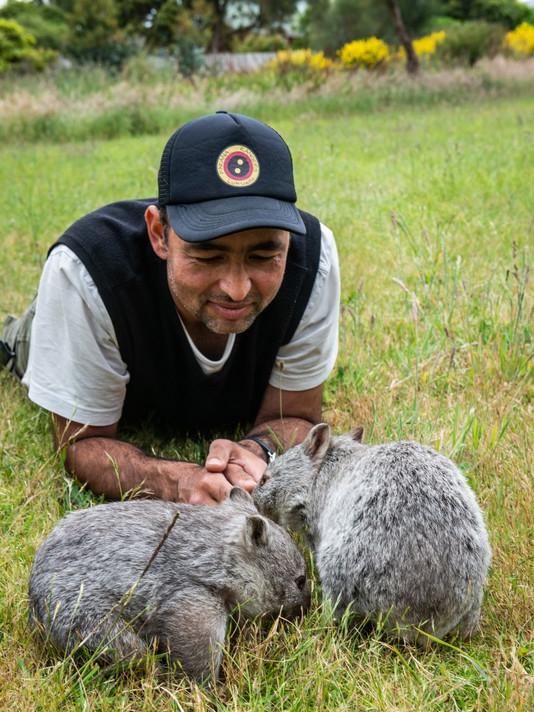
“We’ve made some progress towards translocation plans for wombats, hopefully we’ll have those plans finished this year.
“The three animals we’re most interested in are the wombats, the potoroos, and the wallaby.”
Efforts are also ongoing to eradicate feral cats.
Why bring wombats to lungtalanana?
WWF Australia is supporting the TAC’s repatriation efforts, including the physical relocation of the wombats.
“We’ll help on the ground with undertaking that translocation, identifying the source populations, working to co-ordinate vets to health check those animals and then to transfer them, probably by light plane,” WWF rewilding program manager Rob Brewster said.
“Essentially the plan will be to pick up the wombats and to translocate them to the island.
“We might try and make the island more ready for wombats, helping them dig some pseudo burrows, help them get started.
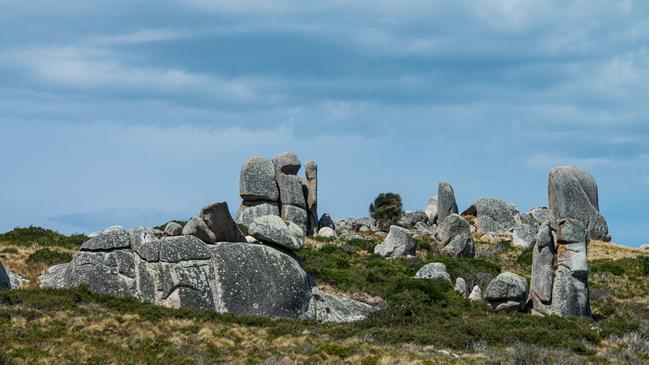
Mr Brewster said the Bass Strait island was not a threatened species, but it was still necessary to ensure healthy populations.
“It’s about keeping common species common. We don’t want to just focus on gravely threatened species,” he said.
“The landscape we see around us evolved with all these species in it, forming these vital ecosystem roles, and so if we remove those elements, the ecosystem falls apart,” Mr Brewster said.
“Putting back those species that dig in the ground, that does everything from changing the water table level to creating conditions for other species to survive.”

Before wombats can be returned, the team needs to get approval
Mr Brewster said the organisation was also assisting the TAC with the approvals process.
“There’s stringent translocation approvals we need to work through with the Tasmanian government to make sure we’ve considered the ethical implications and the animal welfare implications of doing this,” he said.
“We’ve engaged early on with the Tasmanian NRE, they’re aware of the concept.
“We’ll take advice and feedback from those environment managers from the department.
“I would love to see wombats there in the next couple of years, it could happen sooner, 12 months.
“We’re still working with wombat ecologists to determine the optimum time, we want the wombats to move at a time that is most suitable for them.”
lungtalanana is culturally significant to the Tasmanian Aboriginal community
Mr Sculthorpe said the island, which was returned to Tasmanian Aboriginal people in 2005, was culturally significant.
“Our ancestors who lived on Cape Portland knew that island and saw it as part of their extended sea country, they had a spiritual connection to it, they had stories about it,” Mr Sculthorpe said.
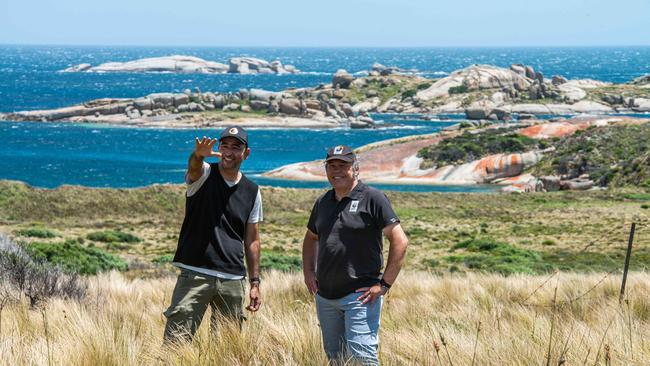
“Since invasion, the island has taken on different layers of importance.
“It’s symbolic in a sense it was an area of land that the community fought to have returned.
“The political struggle from the 70s up until the 90s achieved return of that land to the Aboriginal community and every piece of land that’s returned is really important, it embodies such a history of 200 years of struggle.”

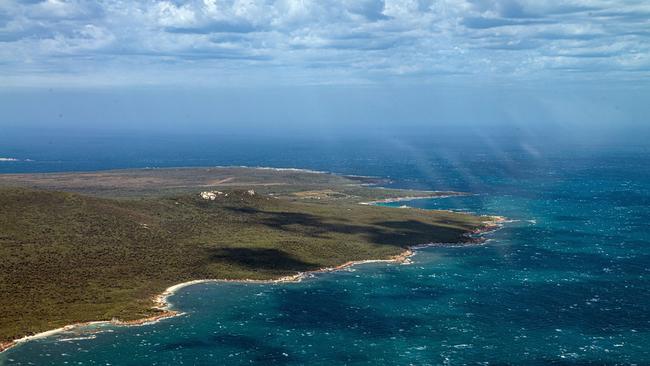
Add your comment to this story
To join the conversation, please log in. Don't have an account? Register
Join the conversation, you are commenting as Logout
Seven charged in Tassie drug sting
Tasmania Police have seized nearly $2m in cash and charged seven men after an eight-month investigation into an alleged drug trafficking syndicate operating across the state. What we know.
Smelter fails in bid to get more time for reports
The Liberty Bell Bay manganese smelter has failed to secure more time to file four years of missing financial reports after borrowing $20m from Tasmania.